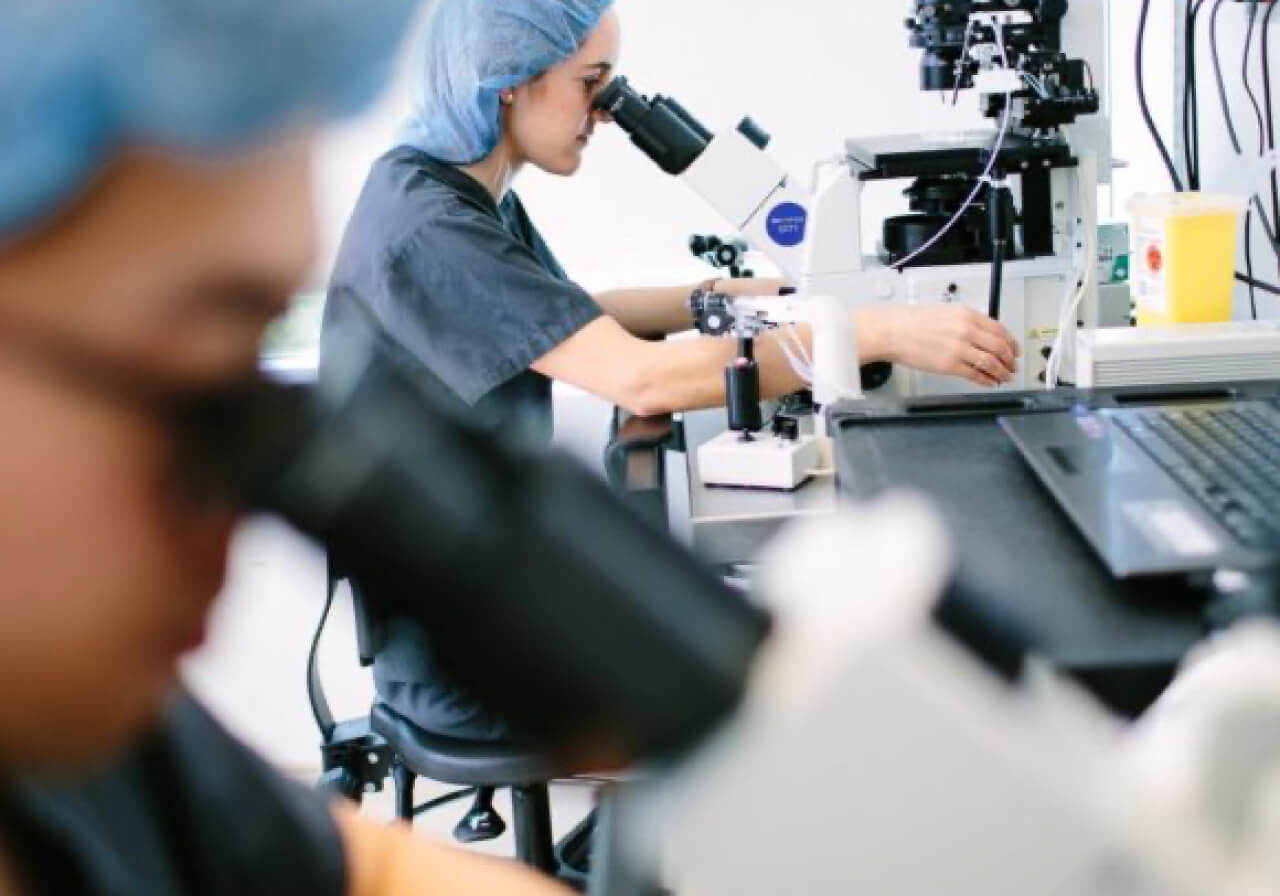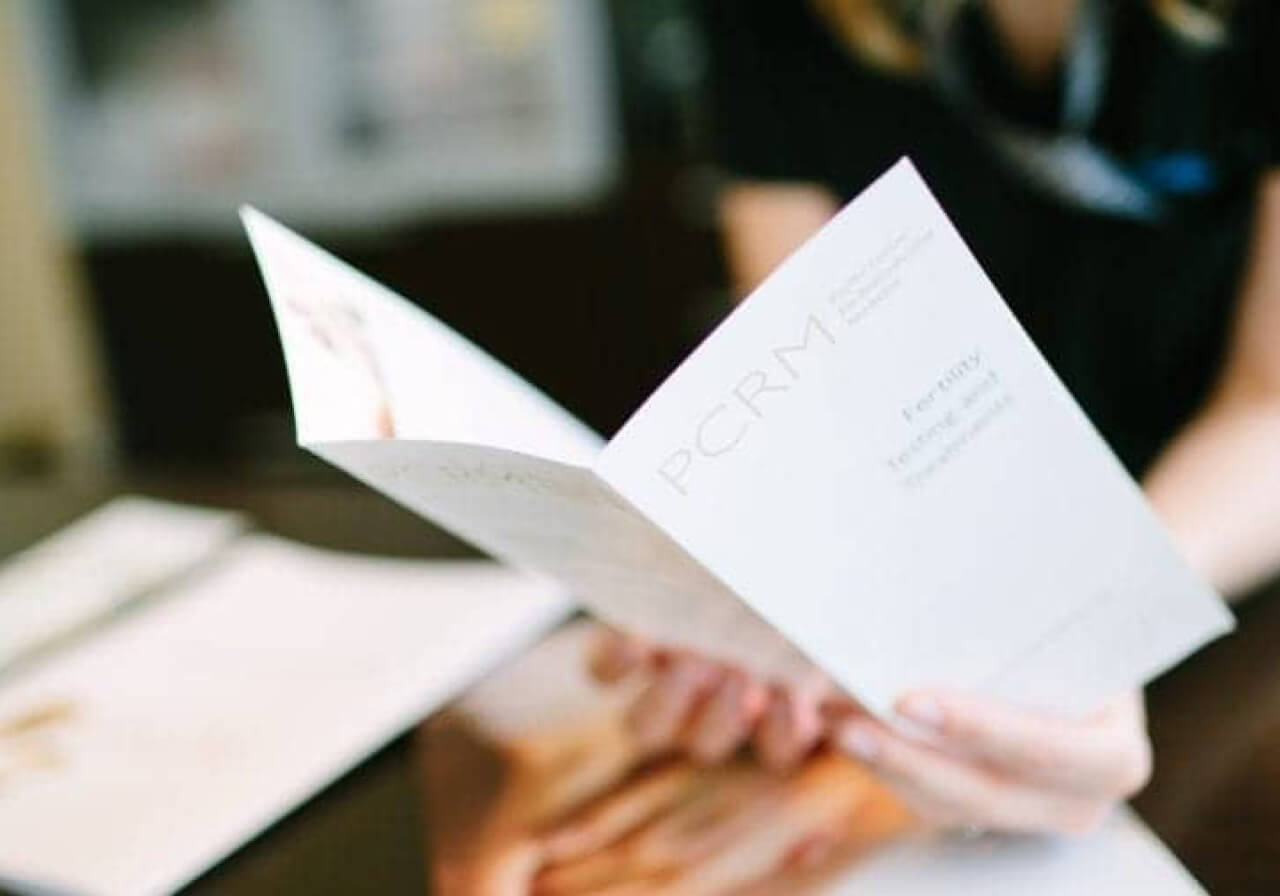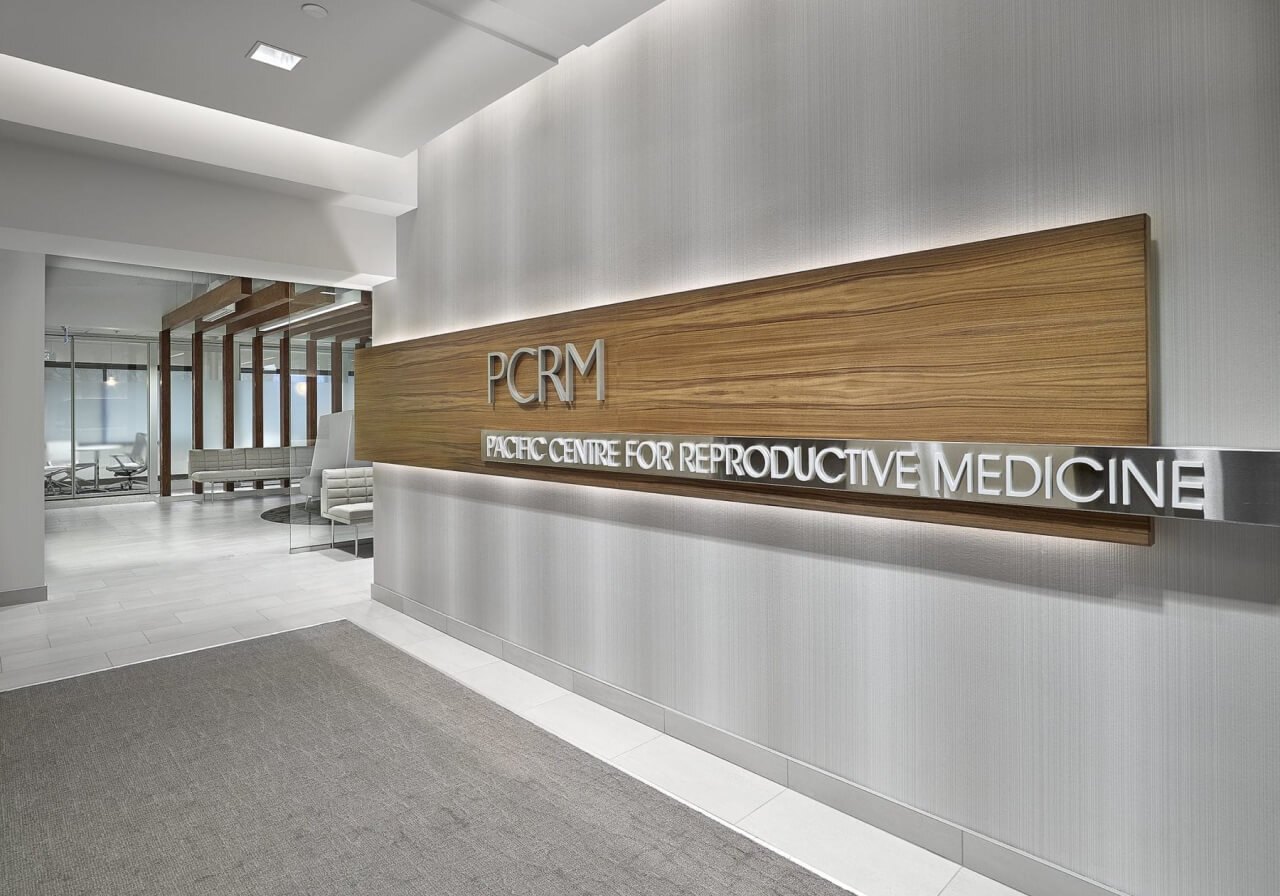In Vitro Fertilization (IVF)
At our fertility clinics in Greater Vancouver, Edmonton and Victoria, you can always expect personalized care, no matter how common a treatment is. Our team is committed to helping all aspiring parents find the approach that's best for their specific reproductive needs.
In vitro fertilization (IVF) refers to fertilizing an egg, with a sperm, outside of the body. Fertilization occurs in a dish in the laboratory, which is why IVF translates to “fertilization in glass”. The embryos are then grown (cultured) for five to six days in an incubator before being transferred back into the uterus to create a pregnancy.





